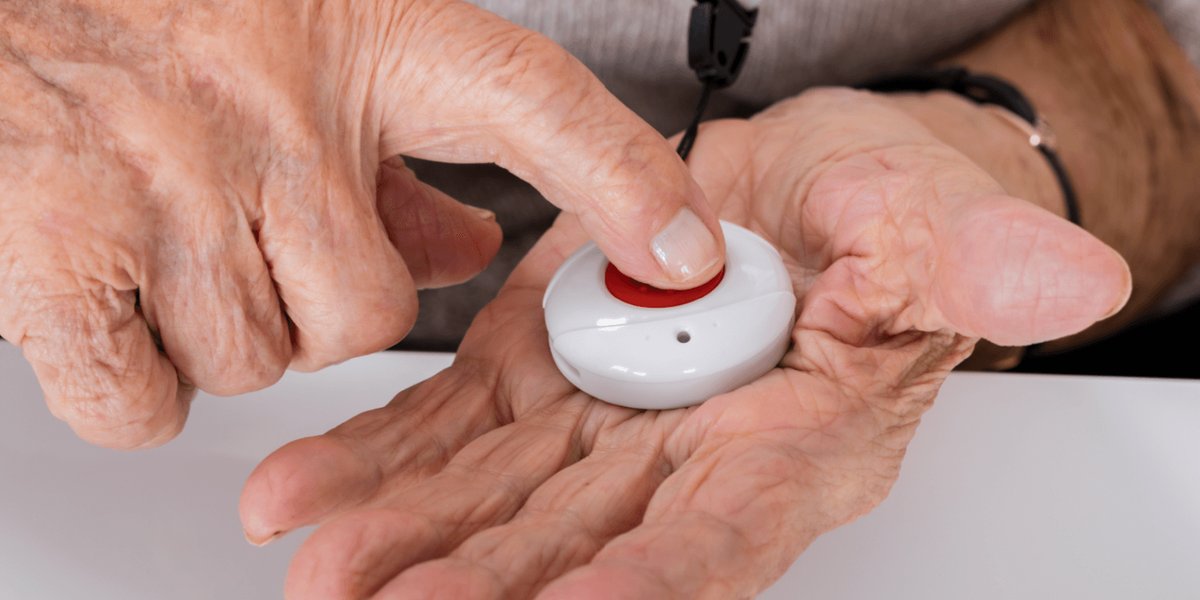Ozempic has been effective in managing blood sugar levels. However, like any medication, it comes with side effects. One of the notable side effects is known colloquially as ‘Ozempic Face.’ In this post, we will delve into the details of what Ozempic face is, why it occurs, its appearance, its impact on the skin, and whether any treatments are available.
Understanding the Phenomenon of Ozempic Face
‘Ozempic Face’ is a term used to describe a set of facial changes that some individuals may experience while taking Ozempic. Ozempic is a brand name for semaglutide, a GLP-1 (glucagon-like peptide-1) receptor agonist. GLP-1 receptor agonists work by mocking the action of the naturally occurring hormone GLP-1, which helps regulate blood sugar levels.
Unraveling the Causes Behind Ozempic Face
The exact mechanism behind Ozempic Face is not well-understood, and scientific literature on this specific side effect is limited. However, it is believed to be related to the drug’s impact on certain metabolic pathways. Ozempic may affect fat metabolism and distribution in the body, leading to changes in facial fat.
Additionally, GLP-1 receptor agonists like Ozempic have been associated with weight loss in some individuals. Weight loss can contribute to changes in facial appearance, as fat loss in certain areas can result in a more defined or sculpted look.
Visualizing the Characteristics of Ozempic Face
Ozempic Face can manifest in various ways, and its appearance may vary from person to person. Some individuals may notice reduced facial fat, leading to a leaner and more sculpted appearance. This can include a more prominent jawline and cheekbones and decreased overall facial fullness.
Conversely, others may experience changes in fat distribution that result in a fuller or rounder face. Swelling or puffiness may occur in specific areas, such as the cheeks or under the eyes. It’s essential to note that these changes are subjective and may not be universally observed in all individuals taking Ozempic.
Exploring Facial Changes Induced by Ozempic
Yes, Ozempic can potentially change the appearance of your face. As mentioned earlier, the changes can include either a reduction in facial fat, leading to a more defined look, or an increase in fat distribution, resulting in a fuller appearance. These changes may be more noticeable in individuals who experience significant weight loss while using Ozempic.
It’s crucial to be aware of these potential changes and discuss any concerns with a healthcare professional. While some individuals may find the changes desirable, others may be uncomfortable with alterations in their facial appearance.
Examining the Impact of Ozempic on the Skin
While changes in facial fat are a primary component of Ozempic Face, the medication may also indirectly affect the skin. Some individuals may experience improvements in skin health due to Ozempic’s positive impact on blood sugar levels and overall metabolic function. Stable blood sugar levels contribute to better skin health and may reduce the risk of conditions like dry skin, infections, and slow wound healing associated with poorly controlled diabetes.
On the other hand, individuals with significant weight loss due to Ozempic may notice changes in skin elasticity. Rapid weight loss can sometimes result in loose or sagging skin. Again, the extent of these changes can vary among individuals.
Exploring Treatment Options for Ozempic Face
As of the last available information, no specific treatment is designed to reverse the changes associated with Ozempic Face. The alterations in facial fat are generally considered cosmetic side effects, and the decision to continue or discontinue Ozempic should be made in consultation with a healthcare professional.
It’s essential to weigh the potential cosmetic changes against the medication’s benefits in managing blood sugar levels and reducing the risk of diabetes-related complications. Additionally, healthcare providers may recommend lifestyle modifications, such as a balanced diet and regular exercise, to support overall health and potentially mitigate some cosmetic concerns.
FAQs
What is Ozempic Face?
Ozempic Face refers to facial changes some individuals may experience while taking the medication Ozempic for type 2 diabetes.
Why does Ozempic Face happen?
The exact cause is poorly understood, but it’s believed to be related to Ozempic’s impact on fat metabolism and distribution in the body.
What does Ozempic Face look like?
It varies, with some noticing a leaner appearance and others a fuller or rounder face, often associated with weight loss.
Does Ozempic change your face?
Yes, it can alter facial appearance due to changes in fat distribution.
Does Ozempic affect the skin?
It may indirectly impact skin health, potentially improving conditions associated with stable blood sugar levels.
Is there any treatment for Ozempic Face?
No specific treatment exists, but discussing concerns with a healthcare professional is advised.
In Summary
‘Ozempic Face’ is a term that highlights the changes in facial appearance that some individuals may experience while taking Ozempic to manage type 2 diabetes. The mechanisms behind these changes are not fully understood, but they are believed to be related to the drug’s impact on fat metabolism and distribution.
While no specific treatment for Ozempic Face exists, individuals are encouraged to discuss any concerns with their healthcare providers. The decision to continue or discontinue Ozempic should be made based on a thorough assessment of the medication’s benefits in managing diabetes and the potential cosmetic changes it may induce.
Ultimately, the key is to strike a balance between achieving glycemic control and addressing any cosmetic concerns, keeping in mind that the overall health and well-being of individuals with diabetes remain the primary focus.





